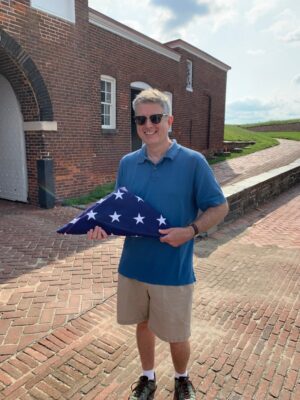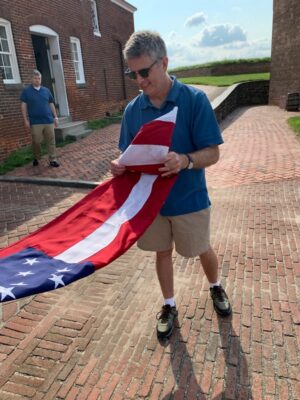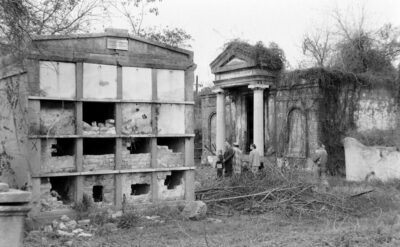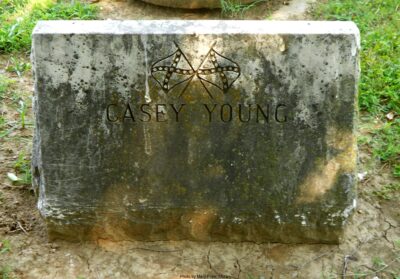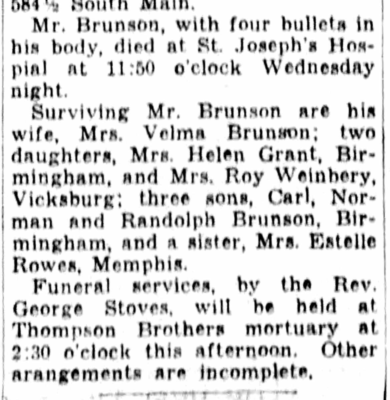I have been thinking about how to write my will and handle my estate. Once the estate pays off all of its bills, a lot of the remaining money will go to different charities I have supported over the years. However some of the money is in my deferred compensation account and another chunk is in an IRA that was converted from my old 401k account. I never paid any income taxes on the contributions to those two accounts and the idea is that when I need the money and withdraw it, I will pay taxes on it as ordinary income (including the gains). If I die, whoever gets the remaining money would be able to keep the money in the account for a little while maybe, but eventually would have to withdraw it and pay income taxes on it. My regular investments and my Roth IRA do not work this way. No taxes would be due and the cost basis of the investments is adjusted to whatever the value would be on the day I died. So investment assets can be inherited without any taxes being due, but not 401k’s and conventional IRA’s.
Continue reading “Donor Advised Fund”
Raising the Flag
On the morning of September 14, 1814, after a day and night of constant shelling by the British at Fort McHenry, the American defenders raised the biggest flag they had over the fort to show the British and the people of Baltimore that they still controlled the fort. Unable to take the fort, the British withdrew. Upon seeing the flag in position that morning, Francis Scott Key started a poem that would become the lyrics to the national anthem of the United States. One day and 208 years later, I visited. It just so happened I got there right at 10 AM, which is when they raise the flag and I got to help out the guy, Roy, who usually does this. Even though there were no British around and we used a much smaller flag, it was still pretty cool. The good thing is we had zero casualties.
We started with the folded up flag, which I got to hold all by myself, and then I unfolded it while Roy held the other end.
Girod Street Cemetery
About five years ago I found out about Girod Street Cemetery in New Orleans. It was the first mainly Protestant cemetery in mostly Catholic New Orleans, started in 1822 by the Episcopal church which eventually became Christ Church Cathedral. The Wikipedia article about the cemetery has some great history, much of which seems chaotic. In 1833 there was a big cholera outbreak in New Orleans and the cemetery became a dumping ground for bodies. It was a mixed race cemetery, so there were tons of graves of black people, slaves, and former slaves. Because it was New Orleans with its high water table and frequent flooding, the graves were above ground, sometimes in structures six tombs high. Over time the cemetery suffered from neglect and by the 1940’s was in really bad shape, at which time it was decided to close the cemetery and redevelop the land. Families were asked to make arrangements to move the remains of their relatives, but I don’t know how many people did that. Ultimately a contract was awarded to another cemetery to haul everybody off and rebury them, but very little provision seems to have been made for preserving tombstones or keeping everyone straight. In 1957, just before the cemetery was finally closed, a Life magazine photographer took a bunch of eerie and horrific pictures of overgrown graves, broken into, with coffins spilling out. Google has a lot of those photos in a collection that allows you to start a slideshow of about fifty pictures. There is also a great blog page with some of those pictures and more history that is definitely worth seeing. I don’t think the photos were ever published in the magazine.
The Brunsons, Part 2
It was neat finding out that my great grandfather, Roy Brunson, had a sister and then being able to track down some of her descendants. But also at some point in the last few years, someone had gone into Family Search and added some ancestors for Roy’s parents and beyond. Roy’s father was known only as J. A. Brunson everywhere I found him. I found a Josiah A. Brunson in Mississippi, so I added that name, but I wasn’t confident about it. With the recent updates J. A. now had parents, Joseph Brunson and Elizabeth J. Young. For a while Elizabeth was only listed as Elizabeth Brunson, because her maiden name wasn’t known. Eric pointed out that Elizabeth Young’s brother was Hiram Casey Young, a confederate colonel and 4-term United States Congressman after the war, representing Memphis, Tennessee. Today a Congressman’s district has 710,000 people on average. Back then the number was 123,000, which is less than the number of people in one of Georgia’s 56 state senate districts. He represented Tennessee’s 10th Congressional District, but today Tennesssee only has 9 districts. Even though Casey wasn’t a direct ancestor, he would be my 3rd great granduncle. But I warned Eric that the Brunson-Young connection couldn’t be trusted 100% since it was entered fairly recently and I don’t know what supporting evidence was offered. In fact, Family Search showed that Casey had one sister named Elizabeth and another named Eliza, both with different birth years, husbands and children, which seemed a little unlikely, especially since Young is a pretty common last name and Elizabeth such a common first name. So anybody could attach an Elizabeth Young to this prominent family of a congressman. Then an interesting piece of evidence came up from the website, findagrave.com which tries to index and photograph all the tombstones in the country. Here is findagrave’s picture of Congressman Hiram Casey Young’s tombstone from Elmwood Cemetery in Memphis, which is amazingly simple, without his full name, the fact that he was in Congress, or even birth and death year, just “Casey Young” and Confederate flags:
The Brunsons, Part 1
Mom’s mother’s maiden name was Helen Brunson. Helen’s father, Roy Brunson, was shot and killed at work in Memphis while the rest of the family was in Birmingham in 1935, which was after Helen was married but before Mom was ever born. That was something I discovered when I found Roy’s death certificate online. Mom said she didn’t know about that, but I think Uncle Joe did. I was able to find Roy as a toddler in the 1880 census, living with his parents, J. A. and M. E. Brunson (they were even listed this way on their marriage license, but Roy’s death certificate listed his mother as Mary Steverson, which was close enough to find out that she was Mary Stevens, and find her parents), his brother Cecil, and his sisters Ss. E. and M. E. in Marshall County in the northwestern corner of Mississippi. It was hard to find out much else about that family. Cecil never shows up again in any records and I didn’t even know the names of his sisters. Women are hard to track down since they tend to change their last names when they get married. It was made more difficult because nearly the entire 1890 census was destroyed before it could be microfilmed. Then by the 1900 census Roy had married Velma McCord (they show 0 years married on the census) and they were living in Corinth, Mississippi, where Velma was from. That was about as far back as I could go with Brunsons back in 2014-2016 when I was doing most of my research. I did better with most other branches of the family.
The nice thing about Family Search is it is collaborative, like Wikipedia, so family trees are all public (living people are not public) and can be added onto by anyone and, sometimes messed up or fixed by anyone. Lately Eric has been doing some research so he sent me a text message this weekend asking if I knew that my great grandfather had been shot to death in Memphis. He sent me the death certificate, which I had found before, and a partial newspaper clipping that I had never seen:

